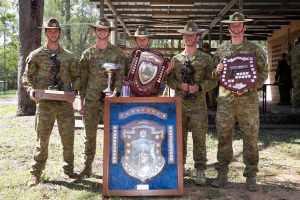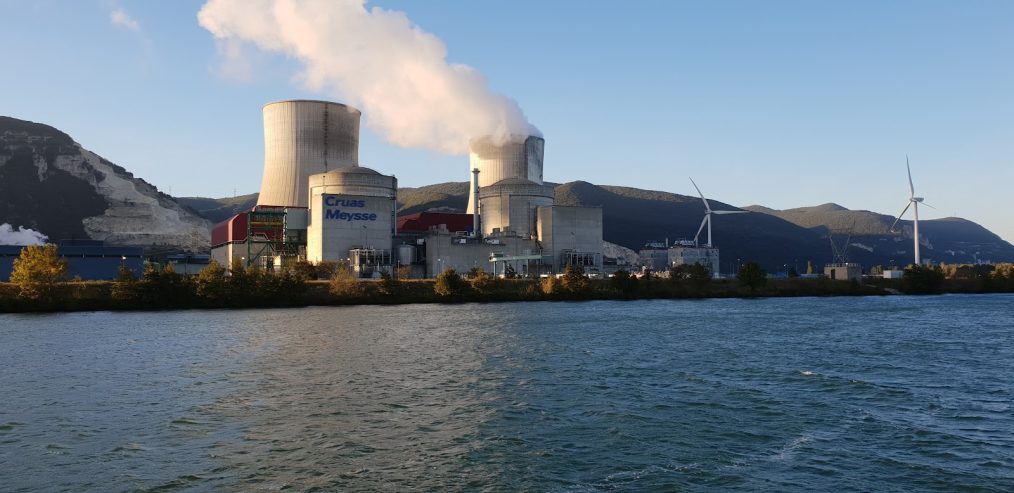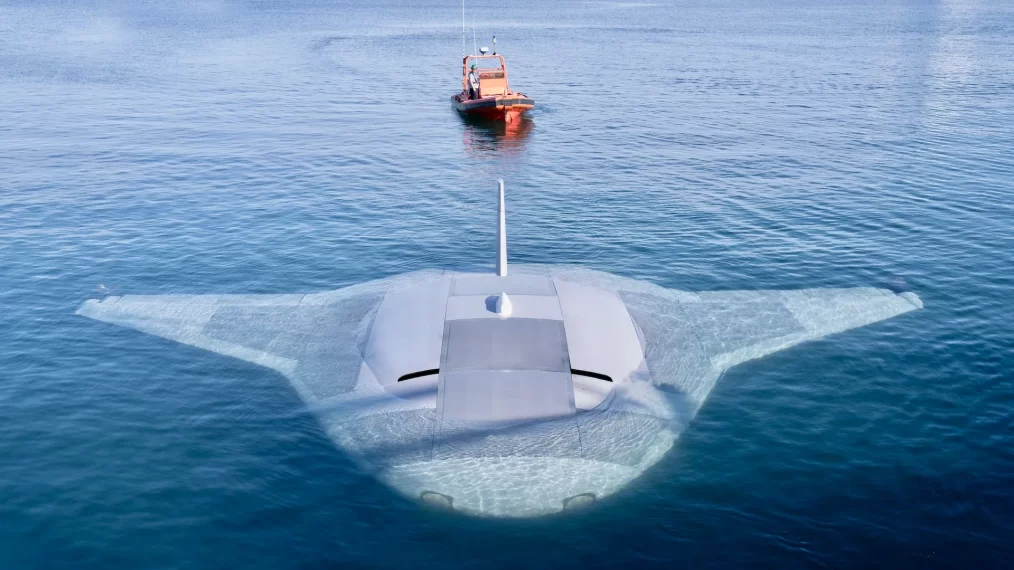The Krakow Post
Russian President Vladimir Putin may aim to build one of the world’s largest armies, but his ambition could ultimately expose the deeper flaws within Russia’s military. Despite his plans to expand his forces to 1.5 million troops, the ongoing war in Ukraine has demonstrated that sheer numbers are not enough to secure battlefield victories.
When Putin launched his so-called “special military operation” in Ukraine, Russia’s army held a substantial numerical advantage. Russian forces outnumbered Ukraine’s by roughly three to one, and they had a significant edge in critical military assets like combat aircraft, tanks, and warships. Yet, despite these advantages, Russia has struggled to make decisive gains, while Ukraine has mounted a resilient and effective defence.
One of Ukraine’s most remarkable achievements has been its ability to push back Russian advances and even gain territory within Russia—a feat Moscow hasn’t experienced since World War II. The Black Sea Fleet in Crimea, a cornerstone of Russian naval power, has been effectively neutralized by Ukrainian forces. Meanwhile, Russia has suffered staggering casualties, with estimates of over 350,000 troops killed or wounded since the conflict began, according to U.S. Defence Secretary Lloyd Austin.
These figures are a stark contrast to Russia’s previous military engagements. For example, during the Soviet Union’s 10-year war in Afghanistan, 15,000 troops died in total—nowhere near the scale of losses Russia is currently enduring in Ukraine. In today’s conflict, Putin faces a shrinking pool of recruits limited to the Russian Federation, making it harder for him to both hide the mounting casualties and replace fallen soldiers with fresh conscripts.
In response, Putin has called for a dramatic increase in Russia’s military size. A recent decree published by the Kremlin outlines his plan to boost the total number of armed forces to 2.38 million, with 1.5 million active servicemen. This would make Russia’s military the second largest in the world, trailing only China. However, this move seems less a strategic initiative and more a desperate attempt to compensate for Russia’s battlefield failures.
This is not the first time Putin has attempted mass mobilization. In September 2022, following a series of Ukrainian counteroffensives that recaptured key cities like Kharkiv and Kherson, Putin announced a wave of conscriptions. Rather than strengthening the Russian military, these drafts caused widespread discontent. Approximately one million Russian men of fighting age fled the country, unwilling to be sacrificed in what many see as a futile war.
The disillusionment among ordinary Russians is growing as the scale of losses becomes more apparent. Putin’s military relies on outdated and brutal tactics, often sending poorly trained conscripts into the fray with little chance of success. With the war’s frontlines stretching over 300 miles and no major territorial gains in recent months, the Kremlin faces a growing challenge in recruiting new soldiers for its seemingly endless campaign.
Despite bolstering its ranks, the Russian military has made little headway. Western observers have noted that Russia’s forces have grown by around 15% since the war began, but this has not translated into significant battlefield success. Gains in eastern Ukraine have been limited, and the Russian military’s performance remains underwhelming.
Putin’s efforts to expand the military point to a larger issue: Russia’s failure to adapt. While Ukraine has focused on building well-trained, agile forces capable of launching effective offensives, Russia continues to rely on mass conscription and overwhelming numbers. Ukraine’s recent successes, including their offensive near Kursk, highlight the importance of strategy, mobility, and discipline over sheer manpower.
In the end, Putin’s desire for a vast military may offer him some political consolation, but it does little to address the underlying problems within his armed forces. A large army is of little use if it cannot effectively engage a smaller, more determined adversary like Ukraine. Russia’s struggle to achieve its objectives in this conflict is a reminder that modern warfare requires more than just numbers—it demands innovation, strategy, and the will to adapt.

















